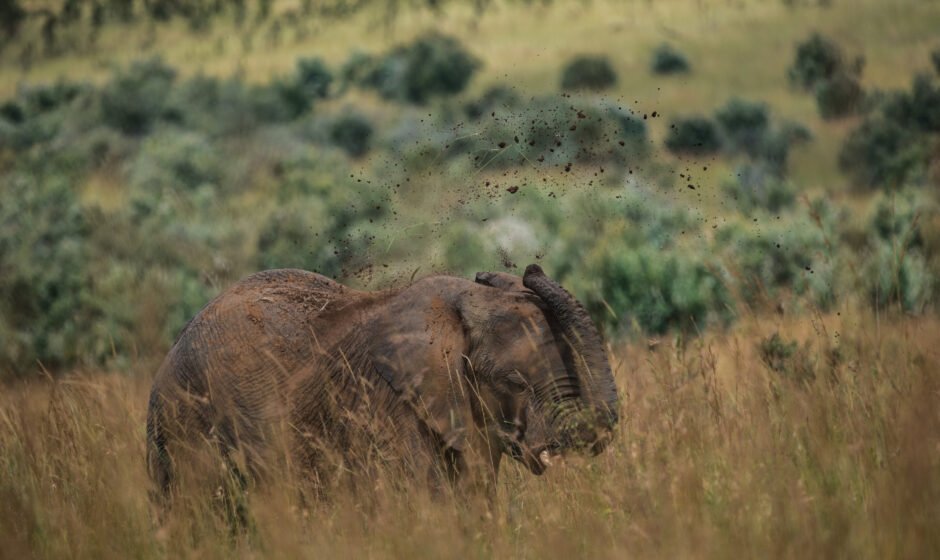A recent study published in Nature Ecology & Evolution has highlighted the significant impact that large herbivores, or megafauna, have on ecosystem properties. The study, conducted by researchers from Aarhus University and the University of Göttingen, analyzed numerous individual case studies to identify generalizable impacts of large animals on ecosystems.
For millions of years, megafauna played a crucial role in shaping terrestrial ecosystems. However, the expansion of humans led to a wave of extinctions among these animals, resulting in dramatic changes in ecosystems. Even the survivors of these extinctions have experienced a decline in population, with many currently facing the threat of extinction.
While there have been many case studies and theories about the effects of large animals, this study is the first to quantitatively synthesize their impacts and establish generality. By analyzing a wide range of data from different ecosystems, the researchers found that large animals have a variety of general impacts that are missing from most ecosystems today.
Some of the identified impacts of large herbivores include shifts in soil and plant nutrients, the promotion of open and semi-open vegetation, and the regulation of smaller animal populations. Additionally, the study found that megafauna promote ecosystem diversity by increasing the structural variability in vegetation.
The researchers also examined how body size shapes the impact of large animals on ecosystems. They found that megafauna communities with larger herbivores tend to have positive effects on local plant diversity, while communities composed of smaller species tend to decrease plant diversity. This is because larger herbivores can consume lower-quality food, resulting in greater impacts on dominant plant species and giving less competitive plants better odds in their struggle for sunlight and space.
This study is a meta-analysis, which means that it draws on data from multiple studies to find general patterns. Meta-analyses are powerful in their conclusions because they can draw on big data pools and make conclusions that go beyond a local context.
The researchers emphasize the importance of large herbivores for ecosystem functioning. The loss of wild megafauna means that important functions are missing from ecosystems. Therefore, it is crucial not only to protect the remaining megafauna species but also to reestablish megafauna populations as part of restoration efforts. This will help achieve positive outcomes for Earth’s biosphere, especially under the increasingly unprecedented global environmental conditions.
In conclusion, this study highlights the significant impact that large herbivores have on ecosystem properties. By understanding and restoring the role of megafauna in ecosystems, we can better protect biodiversity and ensure the resilience of our planet in the face of global change.




